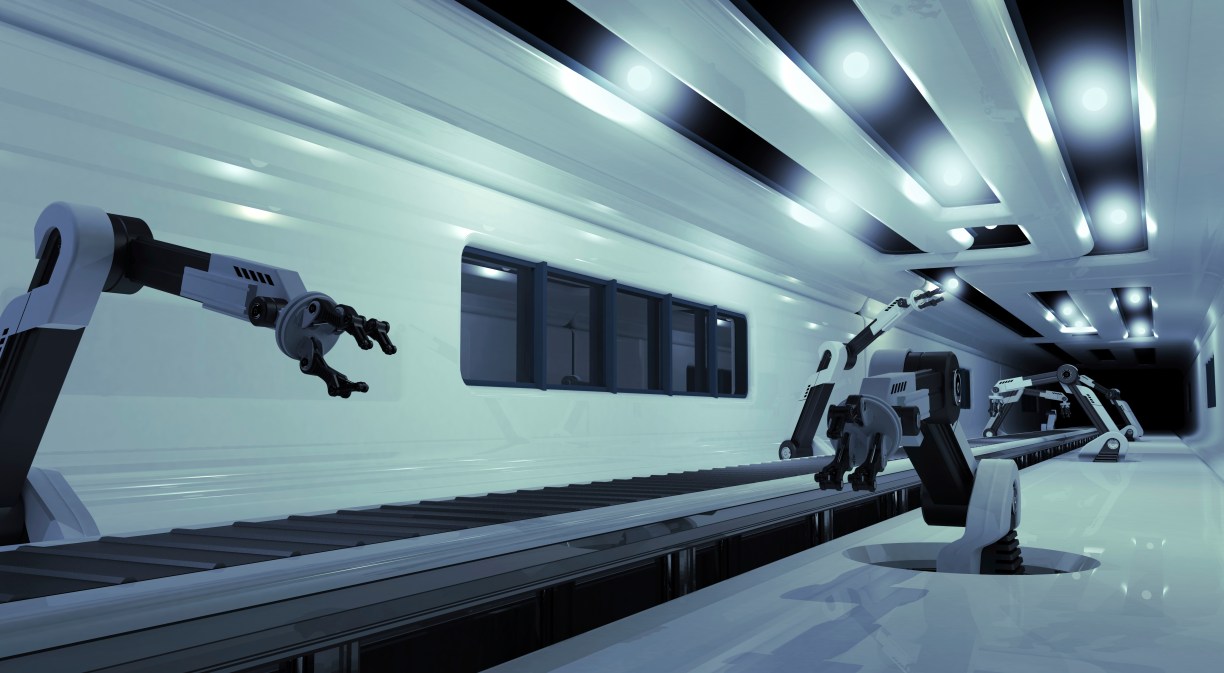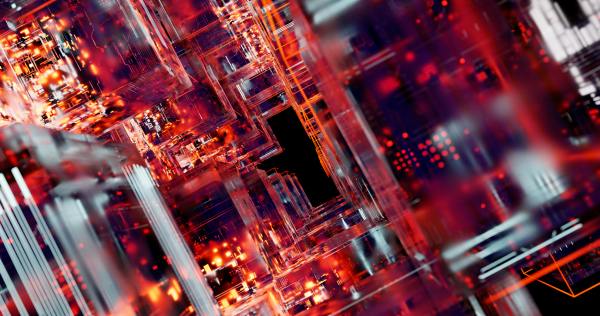If the aim of Artificial Intelligence is to mimic the way the human brain thinks through a series of computer programs, applied to the field of robotics it involves finding the best way for these machines to have the ability to make decisions based on the information they receive from their environment.
In reality, cybernetics is a very complete science that brings together several disciplines such as engineering, electronics and, above all, computing. For this reason, AI and robotics are becoming increasingly intertwined as they are constantly evolving fields that have come together to improve the capabilities of these automata.
The benefits of equipping robots with AI
Equipping robots with AI tools allows them to learn and make decisions autonomously and in real time through the use of algorithms and techniques that enable them to process information from sensors that connect them to their environment. In this way, they can understand their surroundings in order to move and act in the right way.
The integration of the two disciplines has spurred the development of increasingly advanced and autonomous robotic systems, as their scope for collaboration will grow.
Robotics can also contribute to the development of AI by providing real-world data and situations to train and improve machine learning algorithms. In addition, robots can be used as platforms for testing new AI and reinforcement learning techniques.
What are the uses of AI in robotics?
This discipline has developed according to the needs that have arisen, but broadly speaking, its benefits are focused in particular on the automation of tasks that provide little value, that may pose a danger to people because they are carried out in hazardous environments, or that require high precision in a repetitive manner and at high speed. In addition to increasing productivity in the industrial sector, robotics is also used in other sectors such as healthcare for remote, high-precision operations or laboratory work.
Therefore, the uses and applications of AI in robotics are growing, such as autonomous navigation that allows these machines to move autonomously in unfamiliar environments, thanks to the information that their sensors, computer vision and machine learning systems collect and then process, using appropriate algorithms to detect and manipulate objects, calculate distances and avoid obstacles.
Thus, these machines can create maps of their environment and move around without any problem, even in dangerous or inaccessible environments. They do not need human intervention because they also include the use of Machine Learning, which allows them to learn from previous experiences and improve their ability to make decisions in real time.
The same is true for the manipulation of objects. The use of this technology brings precision and efficiency as the sensors provide the necessary information to adapt the grip force according to the object they are handling and the activity they are carrying out. Object manipulation skills also improve as the robot gains experience.
It should be remembered that these are tools designed to collaborate with humans and interaction with them is increasing, and they can adapt and respond quickly to all kinds of situations.
Other applications of AI in robotics
The applications of AI in robotics are growing all the time and the fields of development are increasing. For example, in industrial robots, machine learning is used to improve production efficiency and reduce errors on the assembly line in order to improve its production capacity. In many of these cases, it is a move towards the autonomous mobile robot, or AMR, model.
In addition, AI is also being used to increase the capabilities of these tools so that they can perform increasingly complex tasks, from soldering and assembling electronic components, to complex surgery with greater precision and control, and less invasive procedures for the patient. In the field of health it is also very important in the field of diagnosis, as AI and Machine Learning can be added to the application of Big Data tools to collect and analyse large volumes of information relating to other diagnoses.
All to improve collaboration with people.







